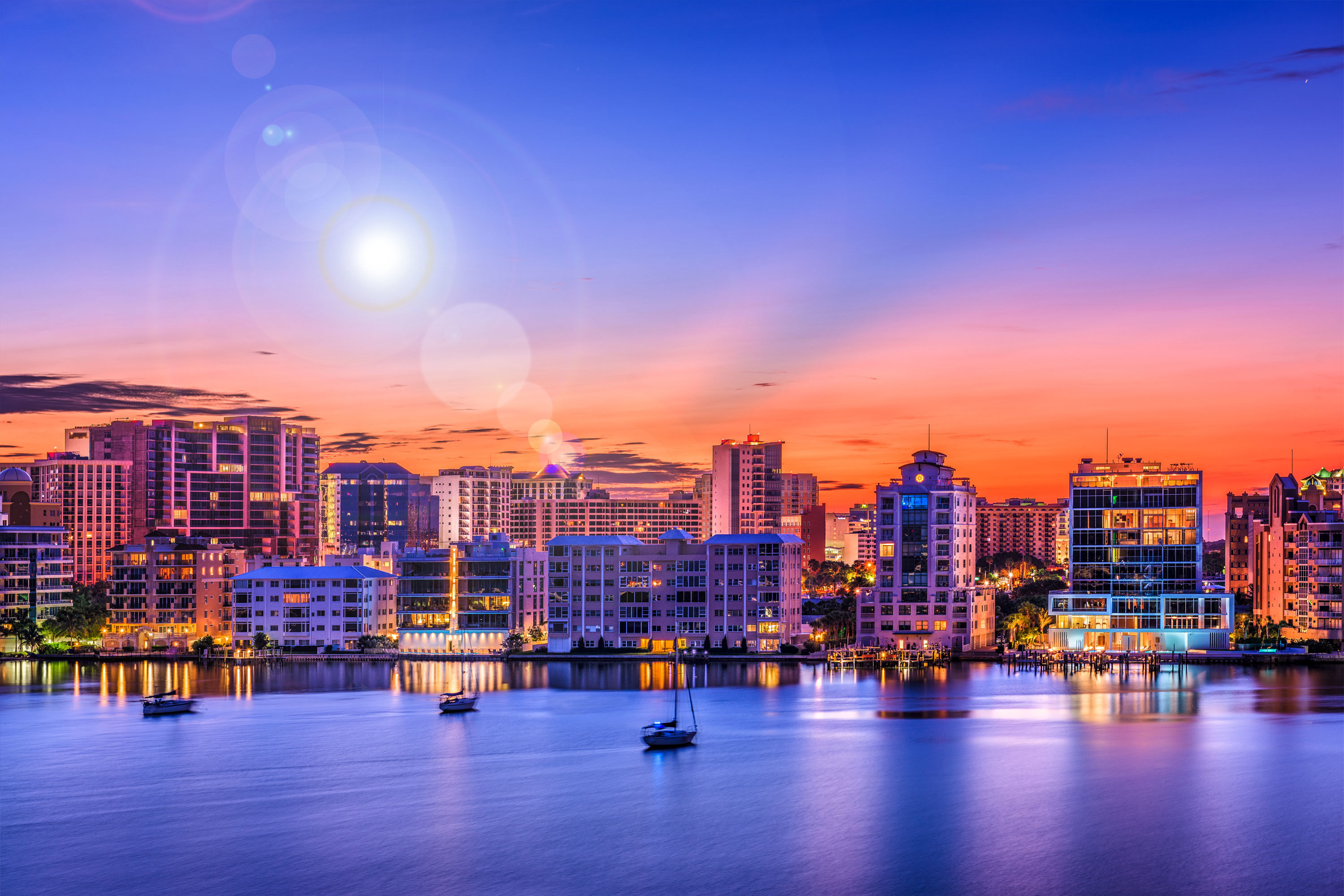
What Does the Future Hold for Sarasota?
On a postcard-perfect afternoon not long ago, I found myself on the rooftop bar at the 18-story Westin Hotel, looking around at a city in transformation. East of the placid blue bay, cranes and girders reached to join a skyline that includes seven new buildings of 18 floors, the top height allowed by the city.
It’s been dubbed “the billion-dollar boom”—“although it’s well exceeded that amount by now,” says Sarasota city manager Tom Barwin. Since 2015, the city has approved plans for 1,700 apartments, 1,400 condominiums and 1,000 hotel rooms. Those projects and ones to come are expected to swell the city’s population of about 55,000 people by nearly 20 percent—around 11,000 more people—over the next dozen years, and that does not account for the growing number of visitors and workers who now push the city’s daily population to 100,000 or more.
What is striking about the growth is its suddenness. Over the past 40 years, as much as long-timers might say that Sarasota changed, the city barely grew. While the county population more than doubled since 1977, swelling from 172,404 to 379,448, the city numbered 51,023 in 1977 and 54,641 in 2017. That puts its four-decade growth rate at 6.8 percent in a state where population soared by 172 percent over the same period.
But now Sarasota is having its moment. The growth spurt is partly attributed to qualities on which the city has long prided itself: the beaches and weather, of course, and an arts and culture scene—an orchestra, ballet, opera, museums, theaters and other jewels—that cities many times Sarasota’s size might envy. But other factors are also putting Sarasota on the map, including three thriving colleges and a burgeoning high-tech business climate that’s attracting entrepreneurs and other young professionals. And while home prices in Sarasota are rising, the median listing in the city at the end of 2017 of $334,900 was around $80,000 less than in its glitzy neighbor, Naples, according to Zillow.
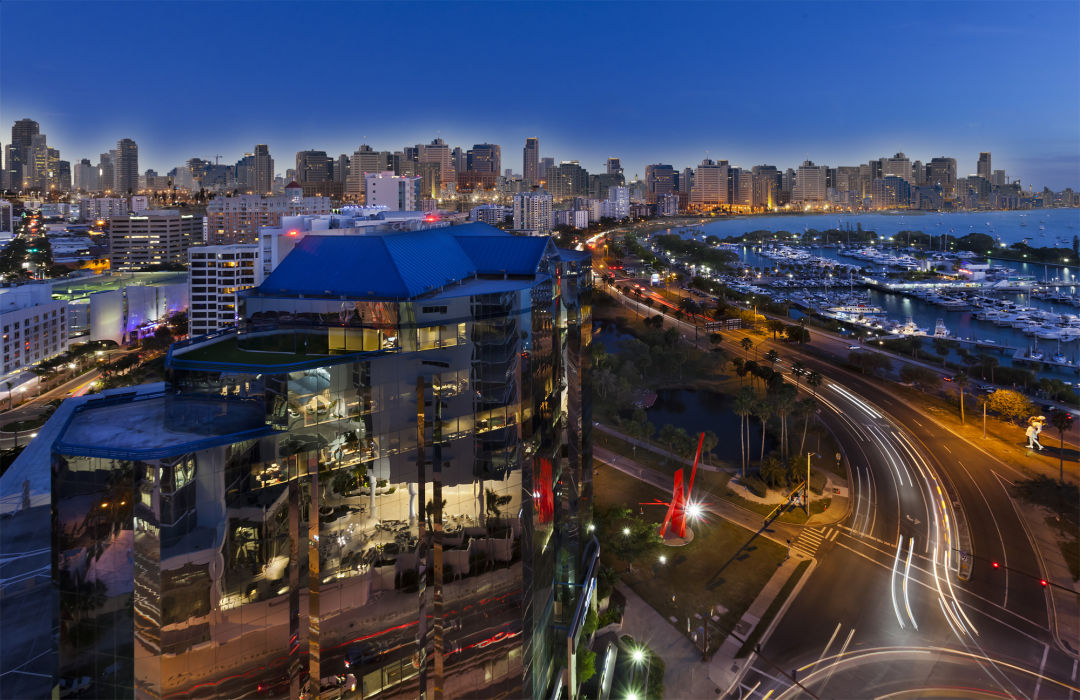
High-rises are superimposed behind our existing city to show a vision of a future Sarasota.
Image: Gene Pollux
Like the rest of Florida, Sarasota has been defined by cycles of real estate booms and busts. From 2007 to 2010, during the depths of the Great Recession, the city actually lost 3,700 residents. But demographers and other experts say the current surge of growth looks sustainable, if not inevitable, if for no other reason than the 10,000 baby boomers who are retiring every day, many of them relocating to warmer climates. The recent changes to the federal tax law are also likely to spur migration to Florida. Starting next year, taxpayers can deduct no more than $10,000 from state and local income, sales and property taxes, which could significantly boost taxes for residents in high-tax states such as New York and California, and make Florida, which has lower property taxes and no state income tax, more appealing. U.S. News and World Report ranks Sarasota the best place in America to retire.
“This just feels different,” Barwin, in his sixth year as city manager, says of the current growth. “We’ve always drawn people from the Midwest and East, but now we’re seeing Californians. Woody Harrelson is coming to see the new state-of-the-art soundstage at Ringling College. Vogue magazine named us Florida’s best-kept secret. I could cite a hundred examples. It just seems like every time I’m on the internet, Sarasota is popping up.”
The view from the rooftop of the Westin reveals only a small part of the growth story. What you cannot see from such heights is even more transformative. To the northeast, the University Parkway corridor anchored by University Town Center Mall in less than a decade has become the hub for retail growth in the region. Farther north, in the unincorporated community of Parrish, orange groves and cattle farms are turning into subdivisions and the population is expected to swell from 20,000 in 2016 to nearly 50,000 by 2030.
In less than 20 years, miles of crop rows, sod farms and shell mining pits east of I-75 have morphed into Lakewood Ranch, with more than 30,000 residents and 10 million square feet of business development. Lakewood Ranch ranked as the third fastest-growing master-planned community in the United States last year.
To the south, the growth has been just as explosive. The city of North Port, which at 104 square miles is the seventh-largest city by land mass in Florida, has supplanted Bradenton and Sarasota as the most populous city in the region, with 67,000 residents. Growing at between 2 percent to 3 percent a year, North Port is expected to double in population over the next 20 years. South County has its own Lakewood Ranch, the West Villages master-planned community, at River Road and U.S. 41. The West Villages has attracted the $130 million Atlanta Braves spring training complex, a burgeoning State College of Florida campus and other amenities. The West Villages last year ranked fourth nationally in growth among master-planned communities, just behind Lakewood Ranch.
“We’ve become the new center of South County,” says Marty Black, the West Villages’ general manager. “You’re talking a pretty dramatic shift. By 2040, the West Villages will be three times the size of Venice.”
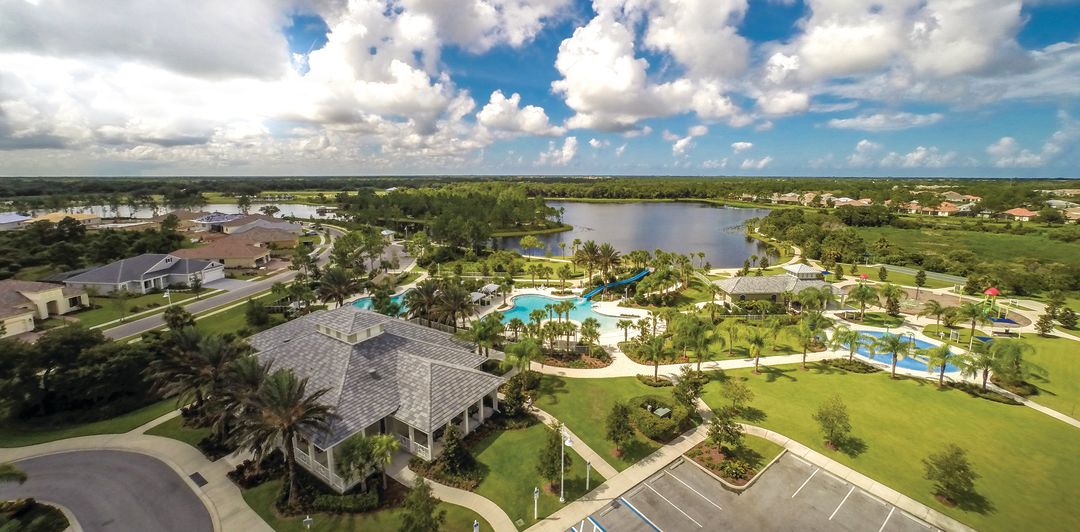
West Villages in North Port, the fourth fastest-growing master-planned community in the U.S.
Image: Gene Pollux
Growth like that is an economic boon, creating new jobs and spending that benefit everyone from construction and restaurant workers to furniture retailers, tourist attractions and bankers. But explosive growth also strains infrastructure and natural resources and stresses residents, who see the small-town city they love changing before their eyes. For the last three years, in an annual survey conducted by the county, Sarasota residents have ranked population growth and new development as far and away their No. 1 concern.
It’s not simply that the area is growing, but how the growth is occurring that will produce vast challenges for the region, says Richard Doty, the lead demographer with the University of Florida’s Bureau of Economic and Business Research. Traditional growth “pyramids,” Doty says, start with a base of the youngest generations, narrowing to the top small triangle of elderly people. But over the next 30 years, the fastest-growing demographic in Sarasota County will be people 80 and older; their numbers will double. By 2045, one in every five Sarasota County residents will be 80 or older. The 55- to 64-base, which typically includes workers at the top of their fields, is projected to decrease. The other major trend, Doty says, is that the Hispanic population is projected to double to 73,000 and make up nearly 15 percent of the region’s population by 2030.
“You’re going to see a growing base of affluent, older retirees and far less well-off and younger Hispanics, who typically have larger families,” Doty says. “This is going to increase the need for health services and other support. That will support jobs, but they are what have been—low-wage jobs such as food prep and retail—and that will continue to make housing affordability an issue for younger residents.”
All Eyes on The Bay Project
If you are looking for a case study about how Sarasota is responding to the opportunities and challenges that come with transformational growth, set your sights on 42 acres of bayfront property from Boulevard of the Arts to Payne Terminal. It’s one of the largest tracts of public-owned waterfront land poised for redevelopment in the United States. “The Bay” project, as the redevelopment is called, will be unveiled by the end of 2018 and could involve razing the iconic Van Wezel Performing Arts Hall and other buildings and creating a new public space that will define the city for generations.
For Raymmar Tirado, 35, the founder of Sarasota Underground, an advocacy group for young professionals, The Bay project is “the benchmark” that will show whether Sarasota is willing to embrace the bold ideas necessary to make the city a beacon that shines for more people than retirees.
“It can’t become just another Marina Jack, a playground for the wealthy,” says Tirado, who owns a software/media development company. “I’d like to see a world-class facility, with an outdoor amphitheater where you can have big music festivals, as well as some retail components. The main thing is that it needs to be built and accessible to our whole community, not just for people from the Ritz-Carlton and the other high-rises that border the area.”
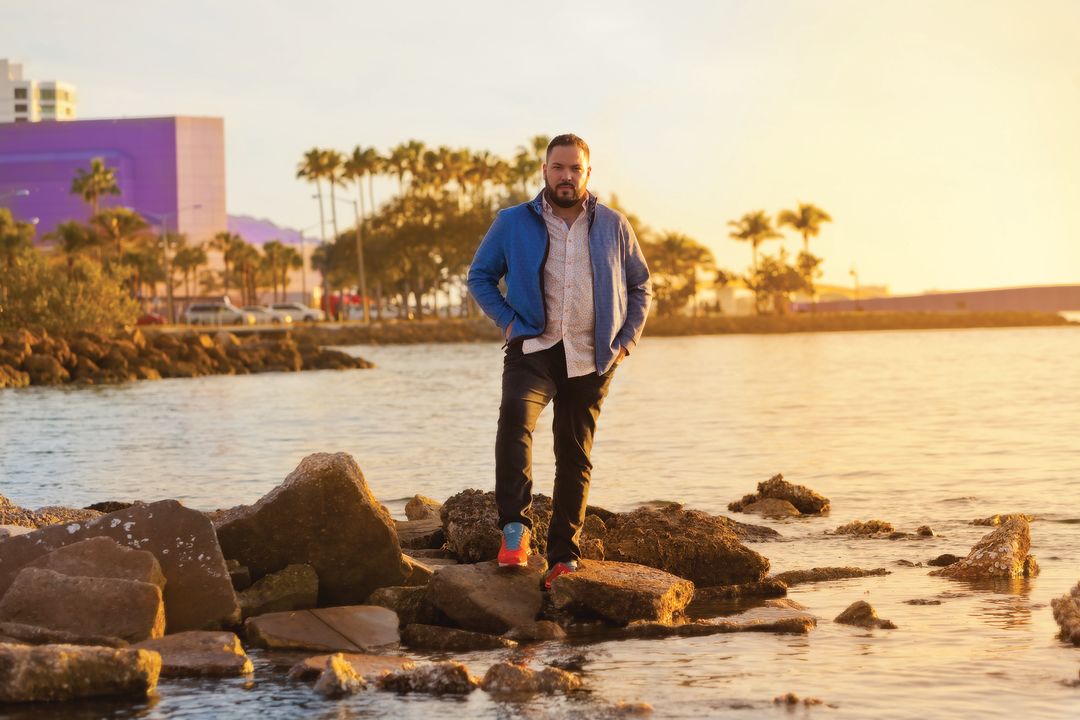
Sarasota Underground founder Raymmar Tirado urges young professionals to help shape the region.
Image: Gene Pollux
On that recent afternoon on the rooftop bar at the Westin Hotel, I was joined by A.G. Lafley, who is leading the volunteer commission charged with coming up with a plan for The Bay. Lafley is one of the many astonishingly successful executives who have migrated to Sarasota. For a dozen years, he was the CEO and president of Procter & Gamble, one of the top 15 largest companies in the United States. Lafley, 70, who has a full head of white hair and a boyish face, came here by a familiar route. In 2004, he helped find a retirement home for his father. He and his wife fell in love with Sarasota’s culture, its accessible downtown, which he often traverses on a scooter; the Legacy Trail, where he and his wife, a triathlete, go bicycling; and the topnotch music, arts and continuing education programs.
In his former home, Cincinnati, Lafley chaired a commission that revitalized the city’s aging and neglected downtown. After he retired, he says, he decided to spend one-third of his time on personal discovery, one-third on business (he’s on the board of the social media company Snapchat), and one-third on public service, which led him to chair The Bay project. He has spent months meeting with large and small groups in Sarasota, writing guest columns for newspapers and studying the city’s history. He was influenced by reading John Nolen, one of the nation’s first urban planners, who in the 1920s designed the city of Venice and envisioned a public space open to the bayfront as central to Sarasota’s character. “Great public places become symbols for cities,” Lafley says.
To achieve greatness at The Bay, says Lafley, the design must welcome everyone. He wants planners to be bold and make this space an iconic symbol for Sarasota. Controversial decisions, such as the city’s choice to embrace a costlier and more ambitious design for the Ringling Causeway, often look prescient years later, he says. Residents initially balked, saying a conventional bridge would save taxpayer dollars and would not obscure views. Instead, the city opted for a $64 million project, double the initial estimate, that includes bountiful space for walkers, joggers and bikers of all ages and abilities. It has become a beloved space frequented by citizens of all backgrounds and the go-to spot for everything from marathons to political protests.
“Today, the bridge is one of the iconic pieces of the city,” Lafley says. “We have the chance to create a public space that will welcome all people for generations. When we are planning The Bay, I’m thinking of my children and grandchildren.”
Regulations to the Rescue?
If you want to put a face on the rapid growth happening around the county, it might be that of a lanky, gray-haired former Florida state senator named Pat Neal.
Neal, 70, started building homes here 50 years ago, when, as a college student, he labored on a road, dock, seawall and other infrastructure for a project his father, a retired lawyer from Des Moines, was developing on Longboat Key. Last year, Neal’s companies closed sales on a record 1,182 homes across the region, including more than 850 in Sarasota and Manatee counties, more than any other builder.
Cautioning that he likes to be conservative, Neal is projecting 6 percent growth this year. At the same time, Neal is considering how the new federal tax law could spark faster migration from high-tax states. Neal says a buyer in the top bracket in Connecticut could cover the mortgage of one of his homes in Florida for what he pays in state income taxes. And with technology making many jobs no longer defined by geography, it’s easier to relocate, he says.
Yet Florida’s low state and local taxes don’t come without a cost. They raise questions about whether the state can provide the roads, schools and other infrastructure and services that growth demands. When I ask Neal whether a bigger Sarasota can be a better Sarasota, his answer surprises me: The key, he says, is more government planning and overlay and stricter rules regulating development to ensure the area’s natural resources and quality of life are protected.
Neal says Sarasota County is on the right track; regulations put in place here since 2000, including the county’s “2050 Plan,” are far more rigorous than developers traditionally faced in Florida. As an example, Neal recalls one of his earliest projects, the Whitney Beach Shopping Center on Longboat Key. He brought the plans to the part-time town manager, Max Lanier, who also owned a local liquor store. Twenty minutes later, Neal had his approval. Neal contrasts that with his new 1,999-home Grand Palm community in Venice, which took seven years to win approval and boasts drainage, roads and other infrastructure superior to what used to be required. It’s also less dense than earlier projects, with 50 percent of the land dedicated to open space, lakes, bike and walking paths and other amenities.
Such regulation comes with a trade-off, Neal says, significantly raising the costs for housing and exacerbating what already are major concerns about affordability. In some of his developments, rules have required he build affordable housing, but Neal says he always loses money on those homes and must make it up elsewhere. He says a fairer and more effective approach would be to establish a county tax on development to subsidize affordability. Government regulations, says this conservative Republican, are needed.
“Communities built under regulations that were approved in this century are just generally superior to the ones that were built years ago,” Neal says. “It tells me that we can get bigger and better at the same time. Look at Palm Beach County. It has 1.3 million people, but it has great beaches, culture, restaurants.”
The Haves and The Have-Nots
Many of Pat Neal’s homes sell for $300,000 and up, a bargain for a well-off retiree from the Northeast but out of reach for the thousands of workers who serve in restaurants, respond to crimes, care for lawns and repair roofs.
The median annual wage in the North Port-Sarasota-Bradenton Metropolitan area in 2016, according to federal Department of Labor data, was $41,870. That’s 5 percent below the Florida average and nearly 17 percent less than the national average. At the same time, 6.5 percent of Sarasota County residents are millionaires, more than 11 percent higher than the national average, according to Phoenix Marketing International Wealth and Affluent Monitor. Sarasota County, in a 2014 report, had double the number of homeless people for a city its size; and the problem grows even worse in the city limits, where the number of homeless men and women can reach 400 on a given day, six times the national average.
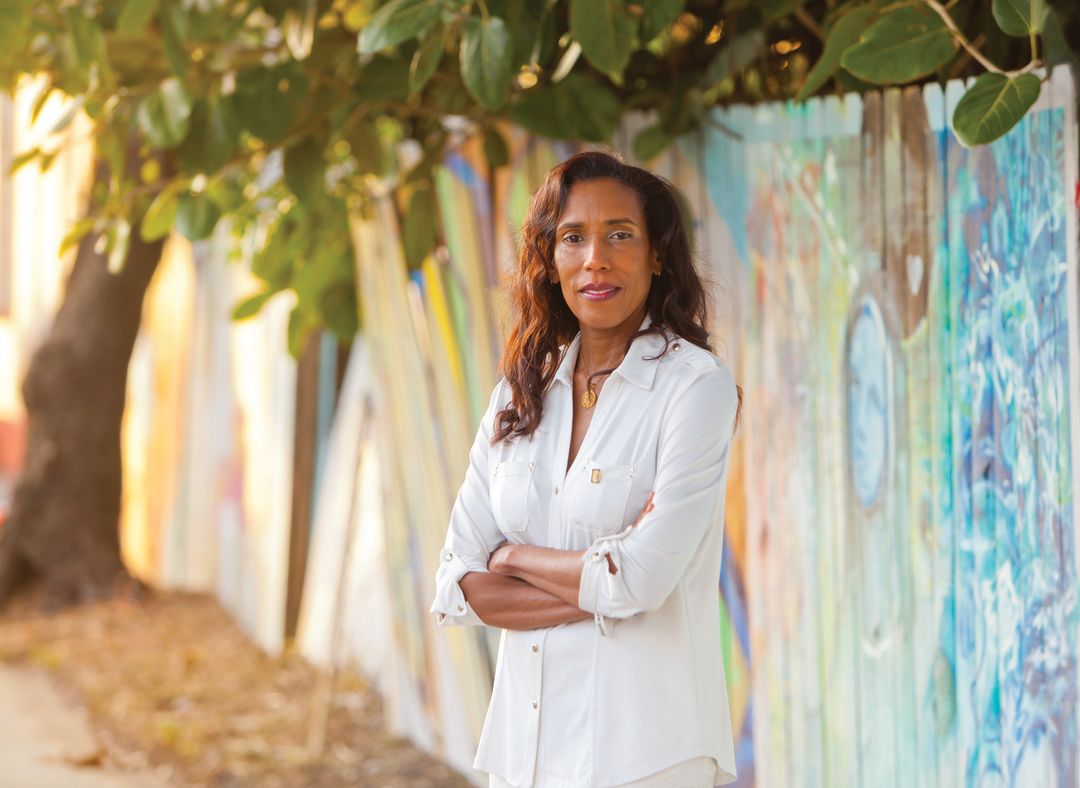
Dr. Lisa Merritt runs a nonprofit health care center that helps people with lower incomes.
Image: Gene Pollux
“We’re a microcosm of the economic divide that has been getting wider in this country,” says Dr. Lisa Merritt, who since 1995 has run a nonprofit health care center in Sarasota.
Merritt has dedicated her life to helping the people who live blocks from posh condos, theaters and the opera house, fine restaurants and other gilded symbols of Sarasota’s bayfront: the city’s historically African-American community of Newtown. In Sarasota County, African-Americans are nearly four times as likely to be poor as white residents. Blacks here are twice as likely to suffer a stroke and three times more likely to die from diabetes.
Merritt treats patients, including homeless teen-agers still in high school, who are suffering in the shadows of prosperity. Many of her patients, she says, are struggling to keep up with rents that are mushrooming while their paychecks stay the same.
“For these people, it’s anything but a lack of effort,” Merritt says. “Many are working two or three jobs, but don’t have health insurance. Having a sick child or losing their cell phone is enough to push them over the edge. The most troubling part to me is that we know what the problems are and have proven ways to address them, but we are not doing so.”
Doty, the University of Florida demographer, says population projections suggests the economic divide will continue to grow as the elderly population doubles over the next 30 years. “Retirees have traditionally been fiscally conservative,” he says. “They don’t want to pay more in taxes for social services, for education. And it’s important to remember that many retirees are not affluent. They are on fixed incomes.”
Even in North Port, long a bastion for the area’s working class, rentals for a two-bedroom apartment have increased from $600 a month to $1,100, says Black, West Villages general manager and also a former city manager in Venice and Longboat Key. Property values in North Port rose 12 percent last year.
“The biggest challenge we face as a region is the gap between the haves and the have-nots,” Black says. “We can’t just be a place for retirees. We need to be accessible for younger workers who are providing a lot of the services.”
Not just those in low-paying professions are threatened by rising housing costs. Sarasota Underground surveyed young professionals, many working in tech and other fields vital to the area’s future, and found that 46 percent were considering relocating because of rising housing costs; another 31 percent said they had previously considered moving for the same reason.
Sarasota Underground’s Tirado came here on vacation from Ohio in 2004, and never went home. He says the qualities that attracted him to Sarasota continue to make him hopeful about the area’s future. But failing to address the region’s fundamental challenges during a time of such rapid growth will shortchange its future, he says. Tirado laments that the city granted developers the right to build 75 units per acre in the Rosemary District, three times more than the existing limit of 25 units per acre, but failed to require any of those units be reserved for affordable housing. (The city is now considering subsidizing an 88-unit project of affordable housing on a three-acre, city-owned lot in the district.) Sarasota County approved 1,601 multifamily housing units in 2016-17, a striking increase over the previous seven years in which the number of multifamily units averaged fewer than 100. It remains to be seen, however, whether the increase in multifamily housing will make rents more affordable.
“We’re not just at a pivotal time for Sarasota; we’re at a fulcrum,” Tirado says. “What happens in the next few years will determine whether Sarasota becomes another ho-hum Florida coastal community for retirees or the kind of world-class city that [Sarasota’s biggest benefactor, the circus magnate] John Ringling believed would be a beacon for the world.”
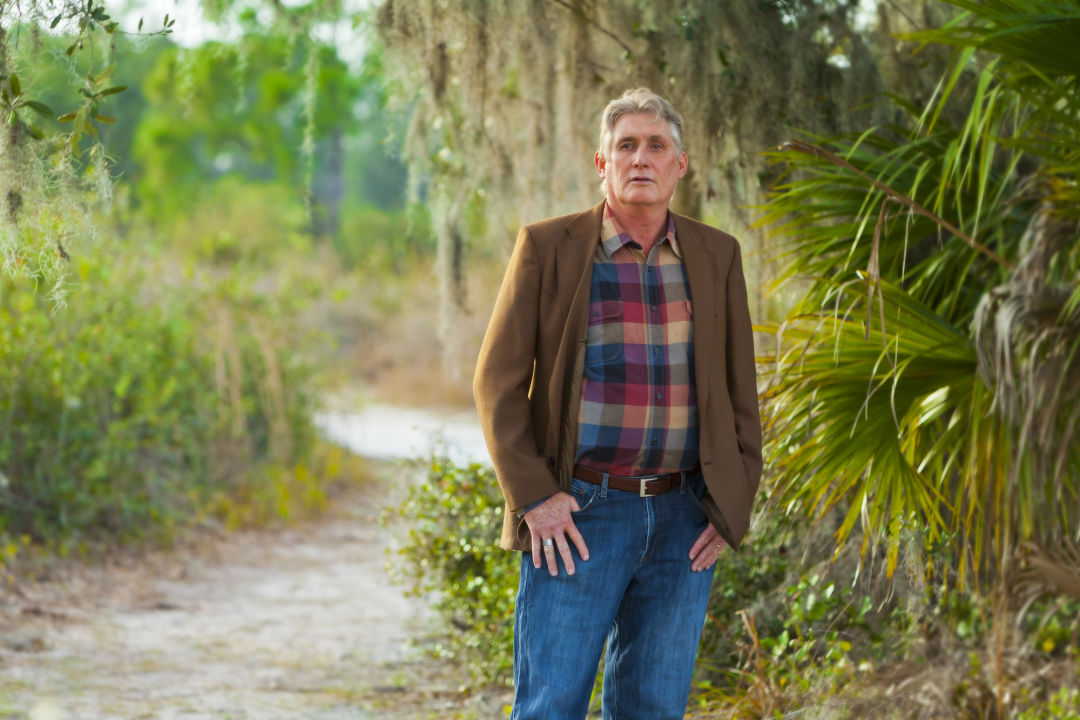
Land preservation is a priority for fourth-generation Sarasotan Jon Thaxton.
Image: Gene Pollux
Saving Florida’s Natural Treasures
When it comes to assessing the changes wrought by growth, many Sarasotans have short memories, principally because most of us are from somewhere else. In 2016, Sarasota County recorded 2,970 births and 5,628 deaths, meaning that all the population growth is coming from migration.
That makes Jon Thaxton an outlier. A fourth-generation Sarasotan, Thaxton, 60, grew up on a 40-acre egg, manure and cattle farm in the community of Vamo, just south of Sarasota on U.S. 41. His childhood home is still standing, but today it holds Roessler’s restaurant. Thaxton recalls a place so wild that his mother once shot an alligator that had lunged out of a pond and was chasing his little brother and his father. He hunted feral hogs on land that is now Westfield Sarasota Square; and he learned to drive on two-lane Beneva Road, which had so little traffic that it posed no risk to a beginner.
Today Thaxton measures the changes to the region not by plans for another gated community or a strip mall. Instead, he focuses on South Florida slash pine trees that he uses as navigational markers that are no longer standing, or the increasing rare sight of the Eastern Towhee, a large sparrow that used to be ubiquitous throughout the county.
Thanks in large part to Thaxton, Sarasota County has done more than many places in Florida to preserve natural lands. Along with fellow environmentalist Jono Miller, Thaxton has championed efforts to add more conservation lands adjacent to Myakka River State Park, a protected area now over 110,000 acres in size. The tract is so large, Thaxton likes to say, that it’s visible from the International Space Station.
But Thaxton, who served three terms on the county commission and is now senior vice president for community investment at the Gulf Coast Community Foundation, says it is critical the efforts don’t stop, because growth is now so rapid that the region will not get a second chance if it lets the opportunity slip away.
For example, for over 20 years, Thaxton has been fighting to preserve the 5,774-acre Orange Hammock Ranch in North Port, which he calls the most important unprotected environmental tract in the region because it links other wetlands and wildlife corridors that have already been preserved.Yet the Orange Hammock acquisition has yet to be completed. Challenging negotiations with multiple owners, the state’s resistance to approving matching funds, and North Port leaders who want the land to be commercially developed are huge obstacles.
“Sometimes land preservation is like beating your head against the wall—it only really feels good when you quit,” Thaxton says. “But we can’t quit. Especially not now, when so much development is happening. If we don’t act, we lose our options.”
New Ideas for a New Century
It has been said that generals are always preparing to fight the last war. David Houle says the same could be said for communities addressing the challenges of growth.
“You’re not going to solve 21st-century challenges with 20th-century thinking,” says Houle, who holds a post at Ringling College called “Futurist in Residence” and has written seven books about how technology and other factors are rapidly changing the world.
Consider, he says, the millions of dollars that federal and local governments continue to spend bringing new sand to local beaches despite the threat posed by sea level rise. Houle, citing projections from James Hansen, formerly the top climate scientist at NASA, says sea levels could rise between 6 and 11 feet by the end of the century, inundating every beach in the region and causing billions of dollars to homes and businesses.
“At what point does the sale of waterfront property in Sarasota become fraudulent?” Houle asks. “It is not now anything close to fraudulent. In the 2020s, it will become so, as sea level rise will be clear to all, not just those who trust science.”
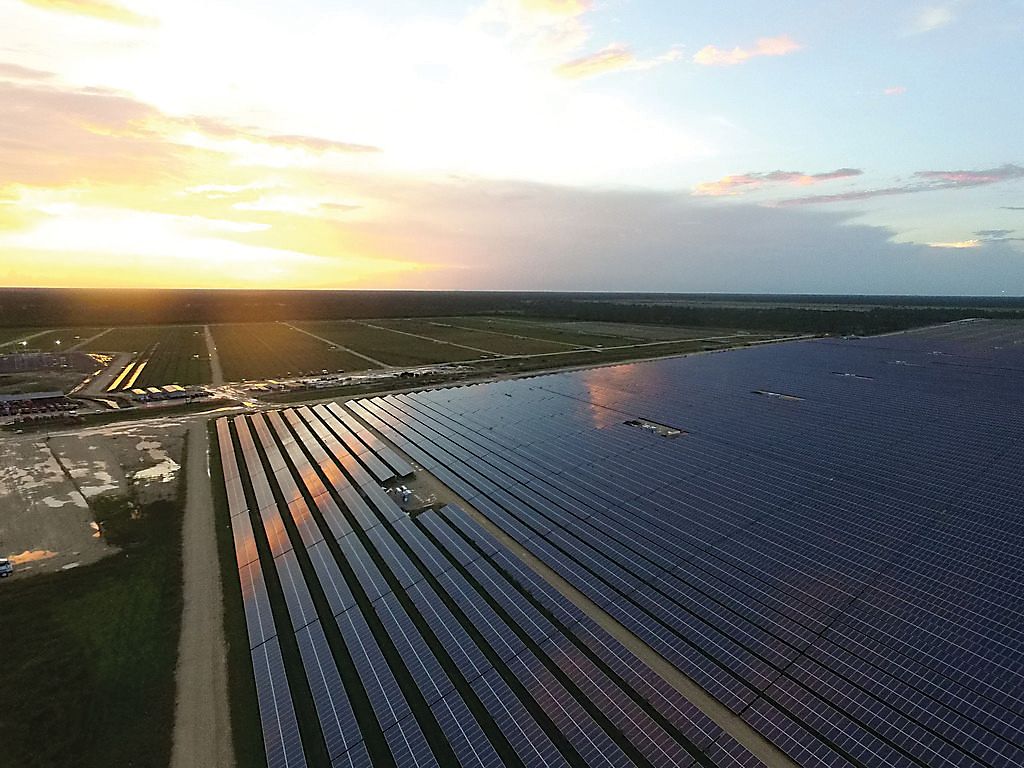
Solar-powered Babcock Ranch will eventually house 50,000 residents.
Image: Gene Pollux
Technology promises to radically change the prism through which communities plan for growth, Houle says. For example, growing traffic congestion spurs calls for building new roads and widening existing ones. But that’s the 20th-century playbook. Houle predicts that by 2030, at least a third of the vehicles on local roads will be self-driving, part of a transportation revolution that will alleviate the need for people to own cars that they use for only an hour or two a day. A sophisticated vehicle-sharing system will allow far fewer cars to serve more people, greatly reducing congestion, he predicts.
“So let’s plan for driverless cars and keep the revenue we are spending on things like expanding roads and sanding beaches to instead address the challenges we are actually facing in the decades to come,” he says.
There are signs a new way of thinking about growth is developing. Houle points to Babcock Ranch, 90 minutes southeast of Sarasota, which is being called America’s first solar-powered town. Babcock Ranch developer Sid Kitson says its 300,000 solar panels will ultimately produce more energy than it uses. It will feature self-driving shuttle buses. The first homeowners took up residence in January and the community is planning to grow to 50,000 people. Homes sell for as low as $194,000.
“Babcock Ranch shows that a 100-percent carbon/fossil fuel-free community is and can be a reality,” Houle says.
City Manager Barwin says he is convinced that a different attitude is emerging about dealing with growth. “When I first came here, I brought up the idea of a fast public transportation corridor from Sarasota to Bradenton, and people would say, ‘We don’t need that here,’” Barwin recalls. “Now, when I meet with these groups, they’re asking me why we haven’t built it yet. The point is that we’re not just growing, but we’re thinking differently. That’s why I’m optimistic about what’s to come.”
For all the challenges that he sees facing Sarasota, Houle says he intends “to live here the rest of my life.” He’s co-founded a think tank called The Sarasota Institute, where he hopes new vision and ideas can build on what’s best about Sarasota and create a unique and dynamic 21st-century city.
And even as he fights to preserve the environment, Thaxton embraces the appeal of a growing Sarasota, where beaches and culture, high-tech and higher education, a new approach to aging and a greater diversity are coalescing. He and his wife, Dru Greene, fans of live music, film and dancing, like Sarasota’s new vibe so much that they’re considering leaving their home in a secluded waterfront setting in south Sarasota and moving downtown.
Our region may be at a crossroads, Thaxton says, but the choices are not binary. Sarasota can continue to grow and protect its natural resources. It can continue to attract well-off retirees and do more to serve minority communities. It can continue to build million-dollar homes and encourage more affordable housing.
“The key is to be much more strategic than we have in the past,” Thaxton says. “We have to be the best stewards of our own future.”